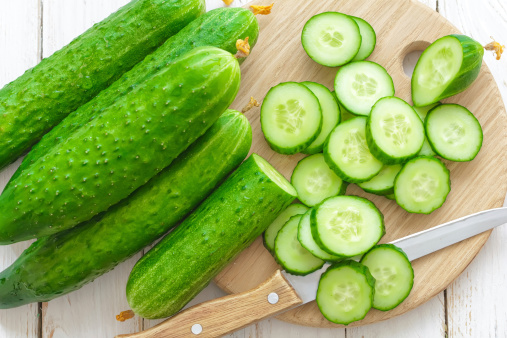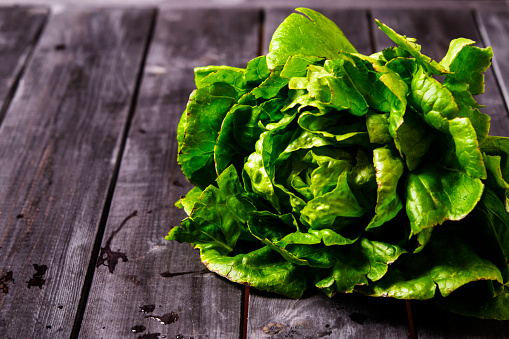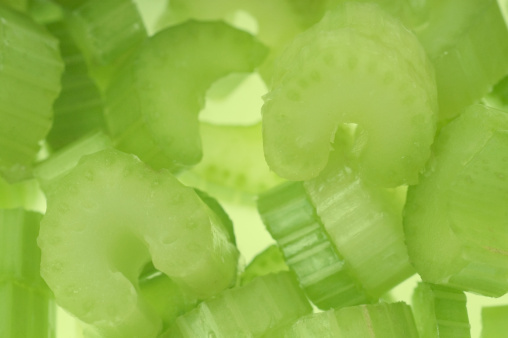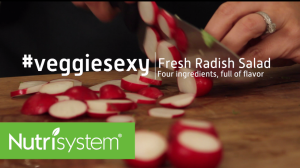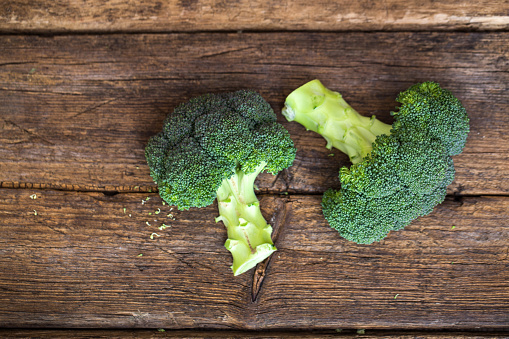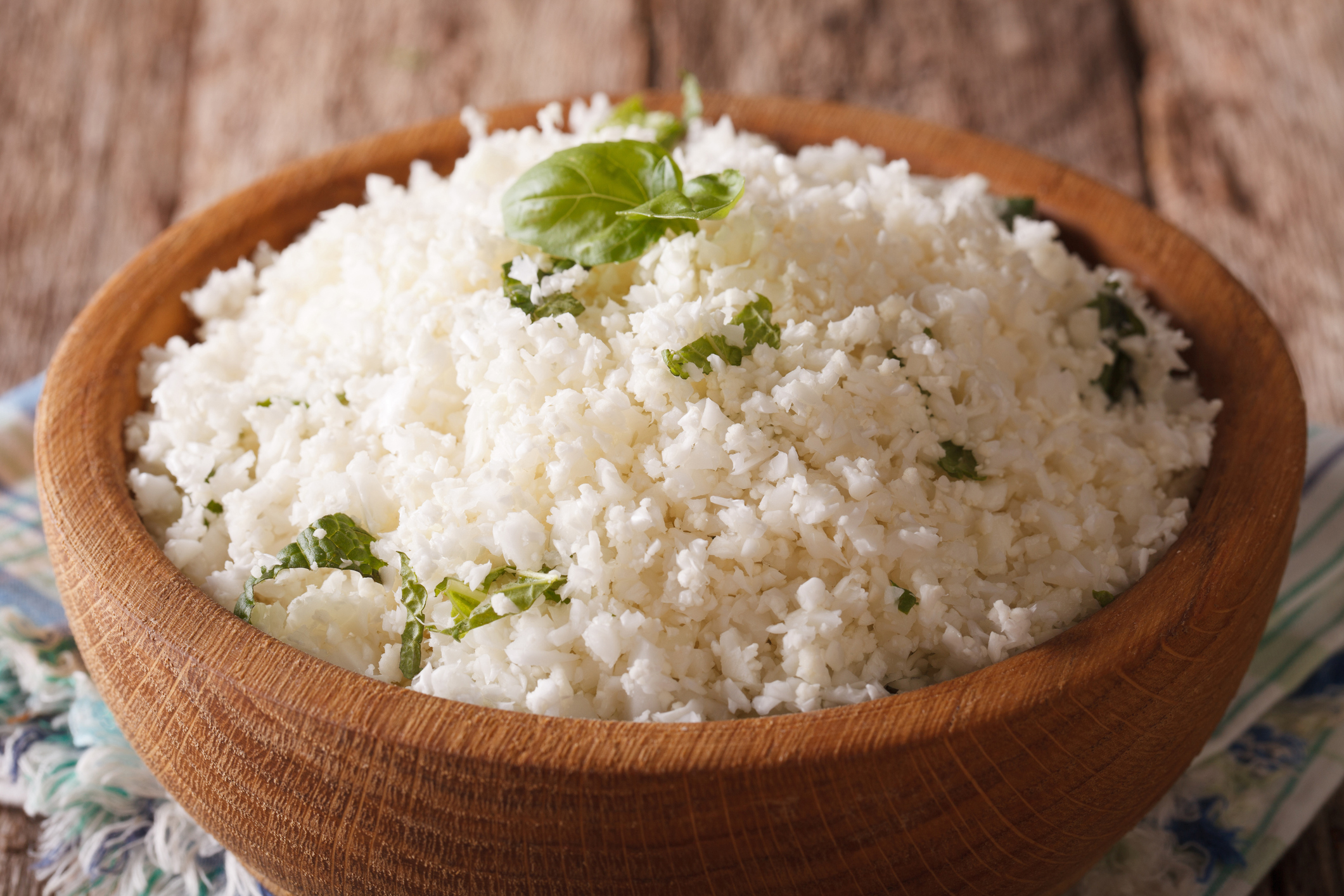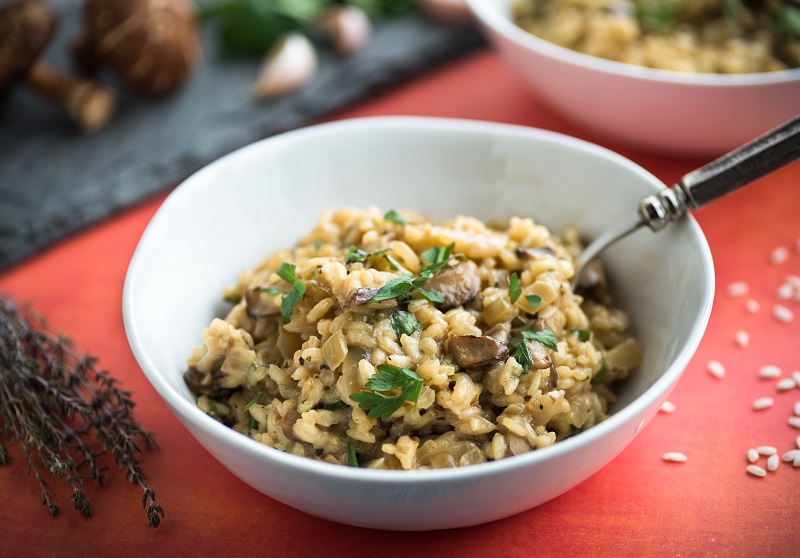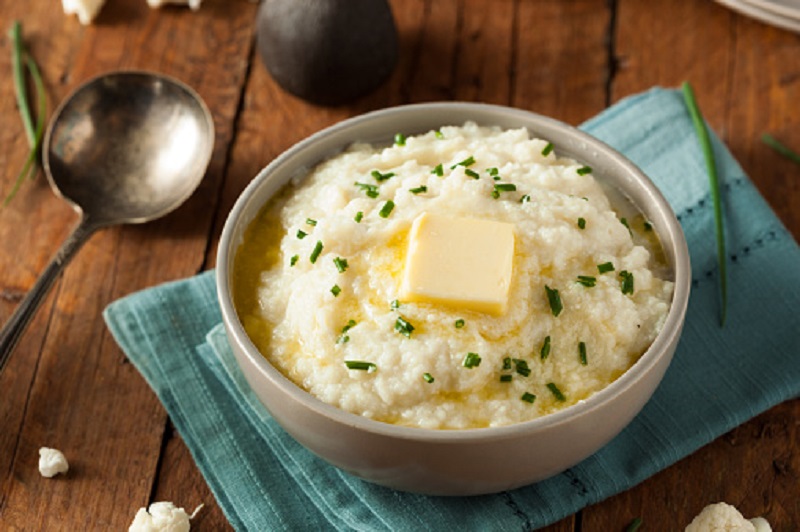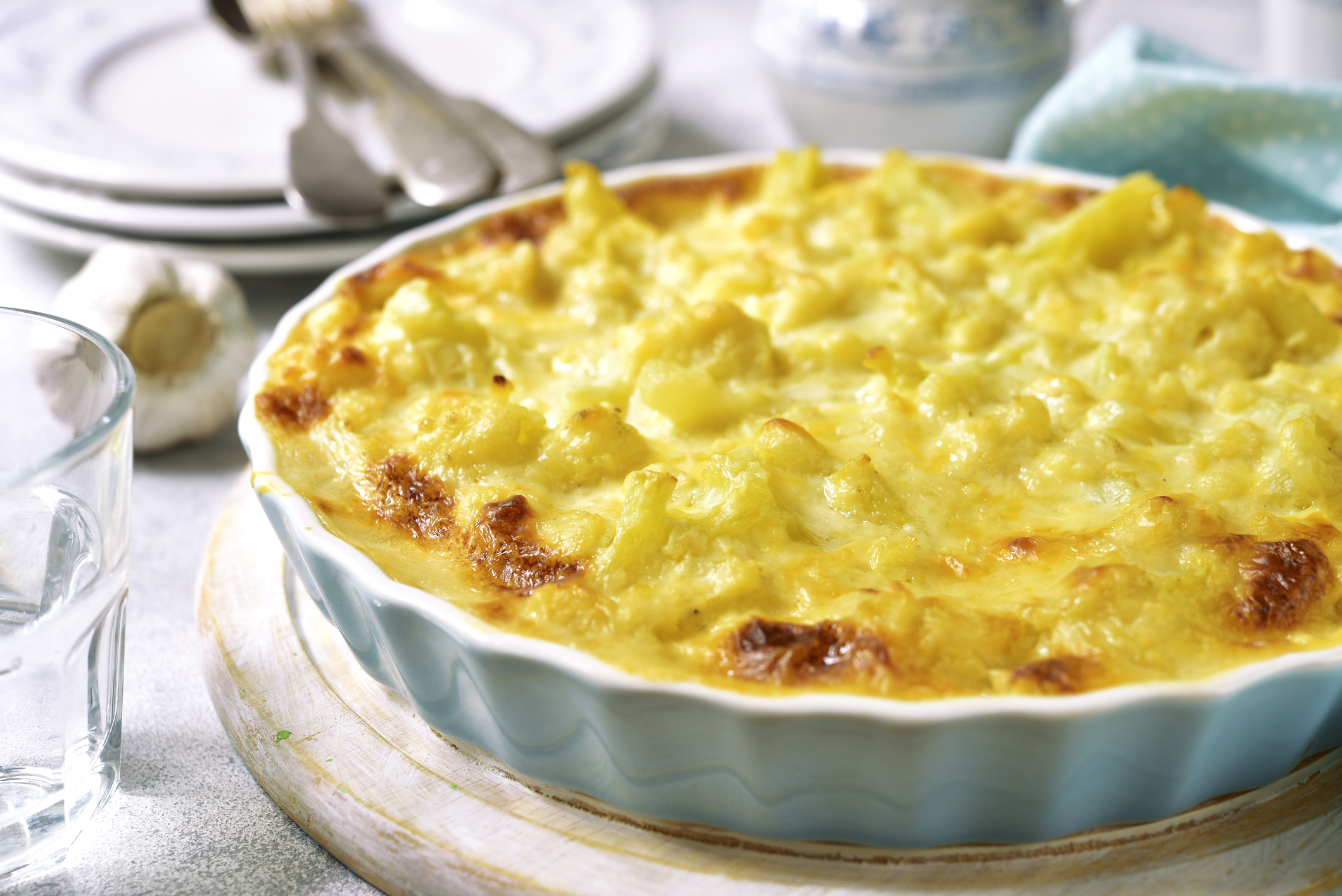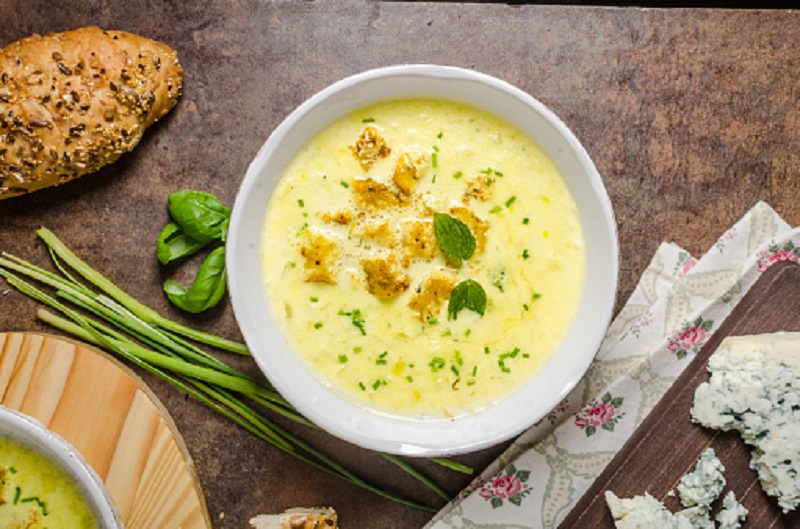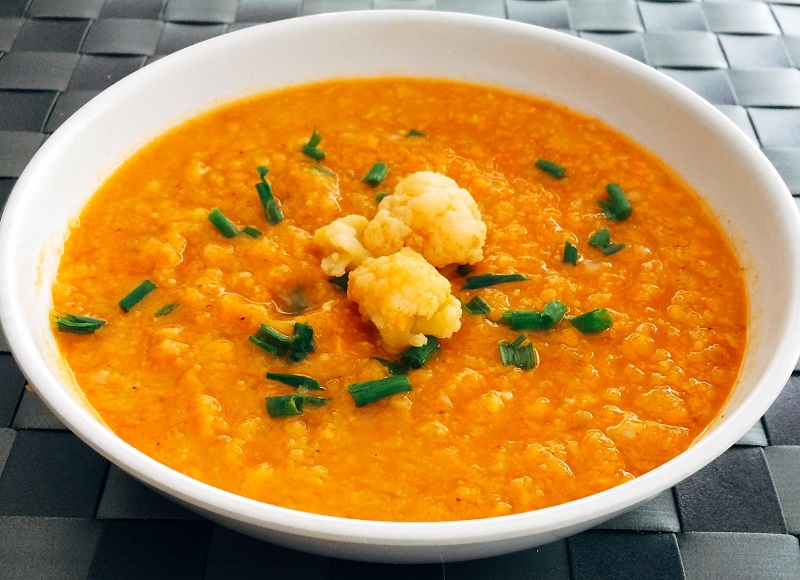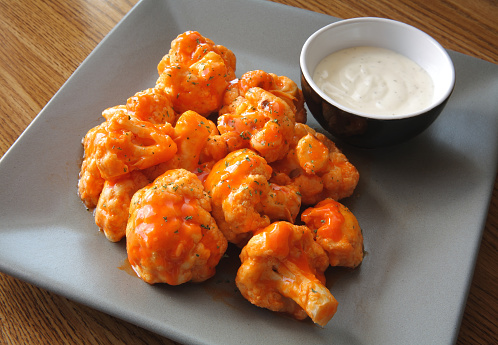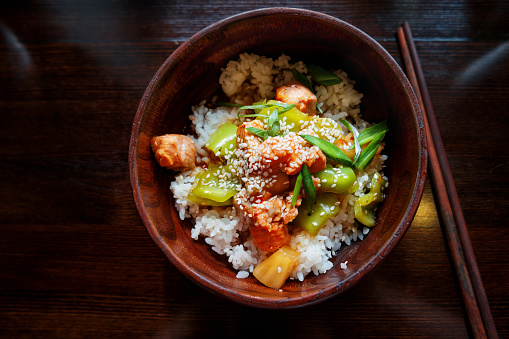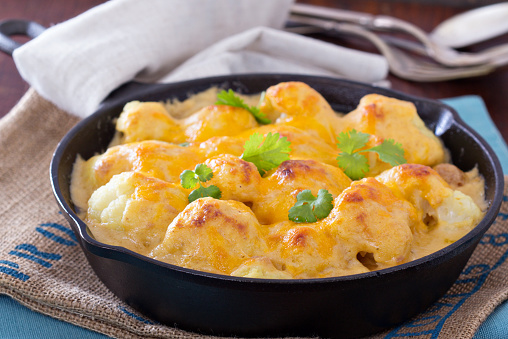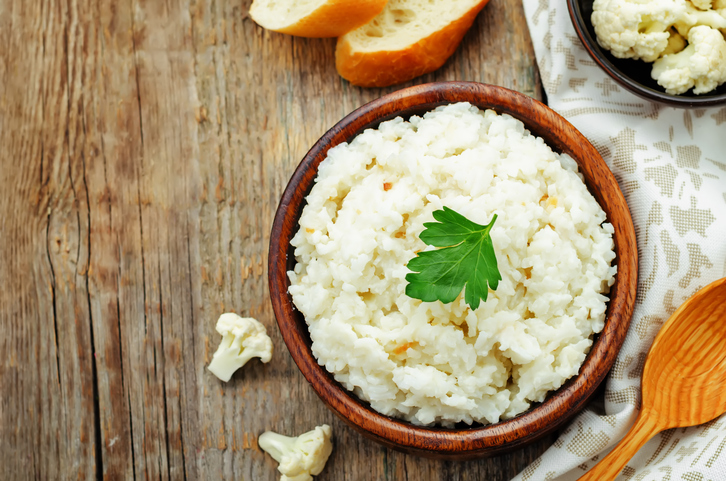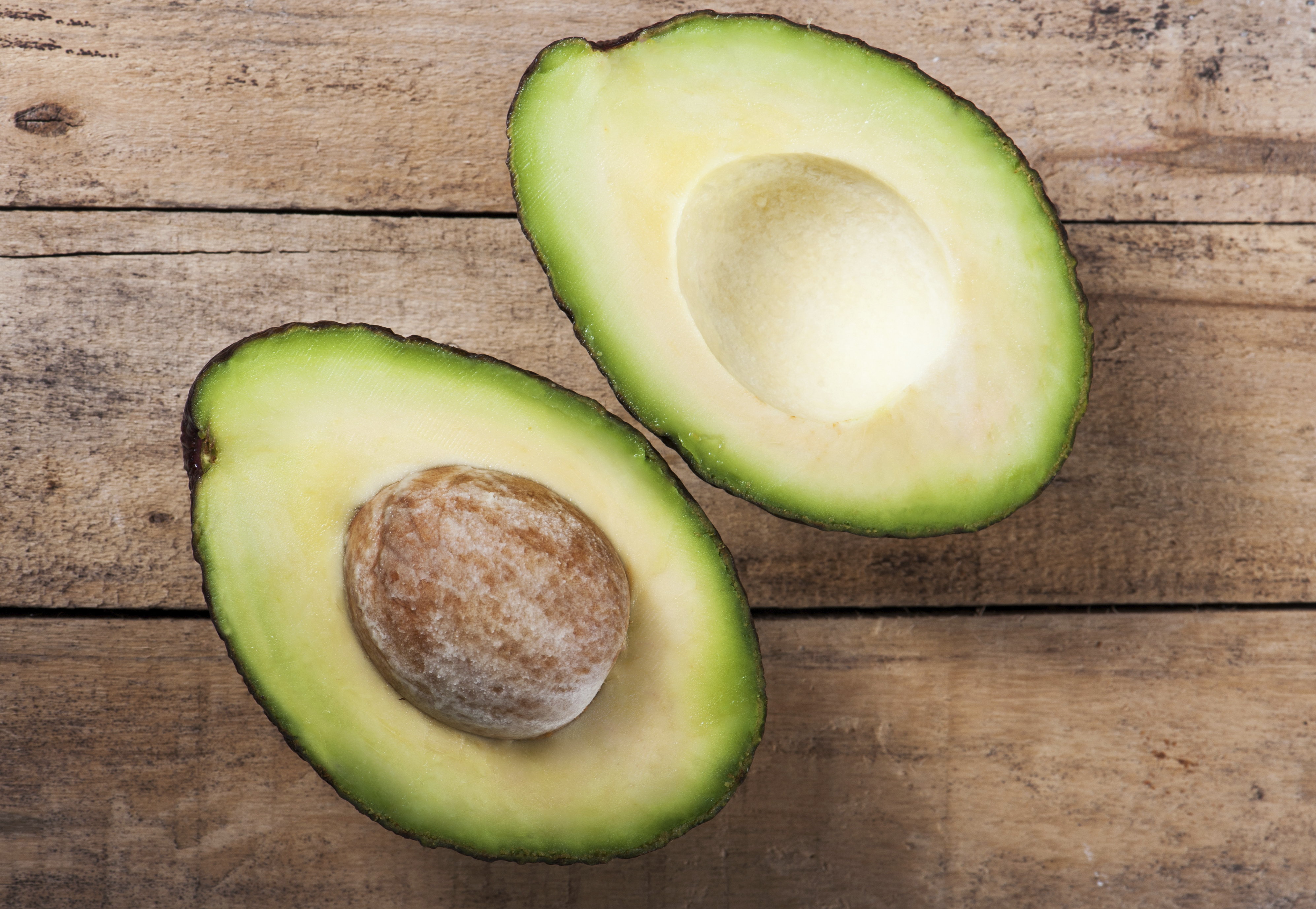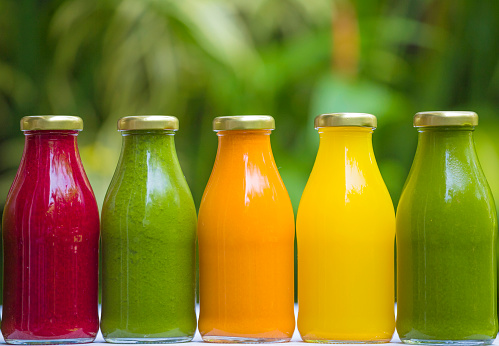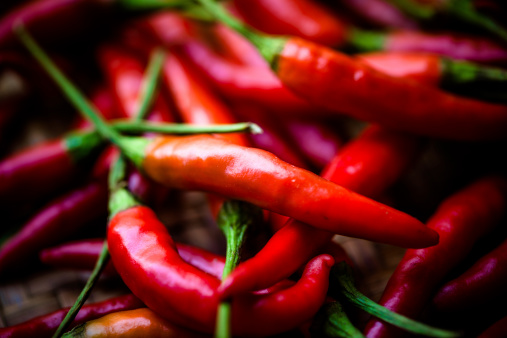Weight Loss & Body Type: All About the Pear Shape
We’re all different. From our head to our toes and everything in-between, humans are all individuals with unique qualities that make us who we are. Bodies come in all shapes and sizes and there is no one-size-fits-all approach to weight loss. How and where you carry your weight is an important factor to consider when trying to drop pounds and reach your goals. That’s why Nutrisystem has created personalized plans that consider your personal body type. “Pear shape” and “apple shape” are two of the most common body types. Keep reading to learn more about the pear body shape and what it means for the weight loss journey.
What Does Pear-Shaped Mean?

If you’re the classic pear shape, most of your weight is below your waist in your hips, buttocks and thighs. Your waist may be more defined and narrower than your hips and thighs. While body type depends on many factors, women are more likely to be pear-shaped then men, says ScienceDaily. Men tend to more apple-shaped, storing excess fat around the middle in the abdomen.
Your pear-shaped body may be beneficial for your overall health. One study found that postmenopausal women with a pear body shape may have a lower risk of heart disease than apple shapes, even with a normal Body Mass Index (BMI). “Women who stored fat around their middle were three times more likely to suffer from heart disease than women with the opposite body type,” says Patient.info.
Researchers theorize that a pear shape may be protective because of where body fat is being stored. Apple shapes tend to store fat around the belly where many organs reside. According to Patient.info, belly fat around the organs is associated with an increased risk of Type 2 diabetes and cardiovascular disease.
Genetics and Hormones

According to a study, published in Nature Genetics, body shape and how someone carries extra weight is determined by genetics. The study found 24 genetic variations which helped separate apple-shaped people from pear-shaped people, says Medical Xpress.
You may have inherited your pear shape; However, the other culprit for your hourglass figure may be estrogen. “The pear body type is more common in pre-menopausal women and some men and is associated with estrogen dominance,” says the American Council on Exercise (ACE). According to HuffPost Canada, pre-menopausal women with excess estrogen tend to have this shape. In both genders, extra estrogen is considered a risk factor for obesity.
Exercising for Your Shape

Regular cardio and toning exercises are key to managing a pear shape. Cardio will help you burn fat all over. You can also add regular resistance training—the kind where you’re moving your body against the resistance of your own body weight, gravity, bands or weights. That will help you firm up your muscles. You may always have a pear shape but you’ll look and feel better by incorporating regular exercise into your routine.
Dressing for Your Pear Shape

There are a few things to keep in mind when shopping for your pear shape. Nordstrom Trunk Club recommends tops and jackets that accentuate your top half and defined waist. Choose bright colors and prints that balance your silhouette. When it comes to pants, select darker colors and “slightly roomier” styles that aren’t too tight. A pointed shoe can elongate your legs.
Eating for Your Pear Shape

You can enjoy a diet slightly higher in carbohydrates than other body types. However, be sure to focus on those that are rich in dietary fiber. Protein will help you to feel full and satisfied but be mindful of the amount of dietary fat you consume. Check out the list below for some smart choices for each gender:
Smart choices for women:
- Low fat, high-quality proteins, such as salmon, egg whites, chicken breast and cottage cheese will keep you feeling full and satisfied long after you finish a meal.
- Choose high fiber carbohydrates like quinoa, barley and hummus.
- Blueberries are an ideal fruit choice for your body type.
- Eat vegetables such as cauliflower, kale and spinach for loads of nutrients and few calories.
Smart choices for men:
- Salmon, chicken breast, eggs and cottage cheese will provide you with high-quality protein to fuel your day.
- Fill your plate with high fiber carbs like brown rice and corn.
- Fruit like blackberries and apples (with the skin on) fit well into your meal plan.
- Make your salads and sides with broccoli, spinach, asparagus and cherry tomatoes.
Personalized plans from Nutrisystem take your personal body shape into account, creating a weight loss program designed for you. Our menu is filled with delicious, high fiber and low fat options that are lower on the glycemic index. This helps to simultaneously curb your appetite while helping your body lose weight, according to a June 2013 study, published in Obesity. Study participants who followed a low glycemic diet lost more body mass than volunteers eating a high glycemic diet, including the dangerous fat that’s tucked in and around the abdominal organs.
If your pear-shape is at least partly caused by estrogen, limiting foods that boost blood estrogen may help you lose weight, says ACE. They recommend avoiding high-fat dairy products, alcohol, caffeine, trans-fats, unfermented soy products and non-organic meats. Instead, opt for low-fat dairy, organic protein and healthy fats from whole foods like nuts, seeds, avocado and olives.
You should also stick to high-fiber options. “Fiber, which is found in fruits, vegetables, nuts, seeds, legumes and whole grains, slows insulin release and aids in the removal of estrogen from the body,” says ACE. Always speak to your doctor before making any dietary changes or if you have any questions or concerns about your estrogen levels.
The post Weight Loss & Body Type: All About the Pear Shape appeared first on The Leaf.
from The Leaf https://leaf.nutrisystem.com/pear-body-shape-and-weight-loss/




